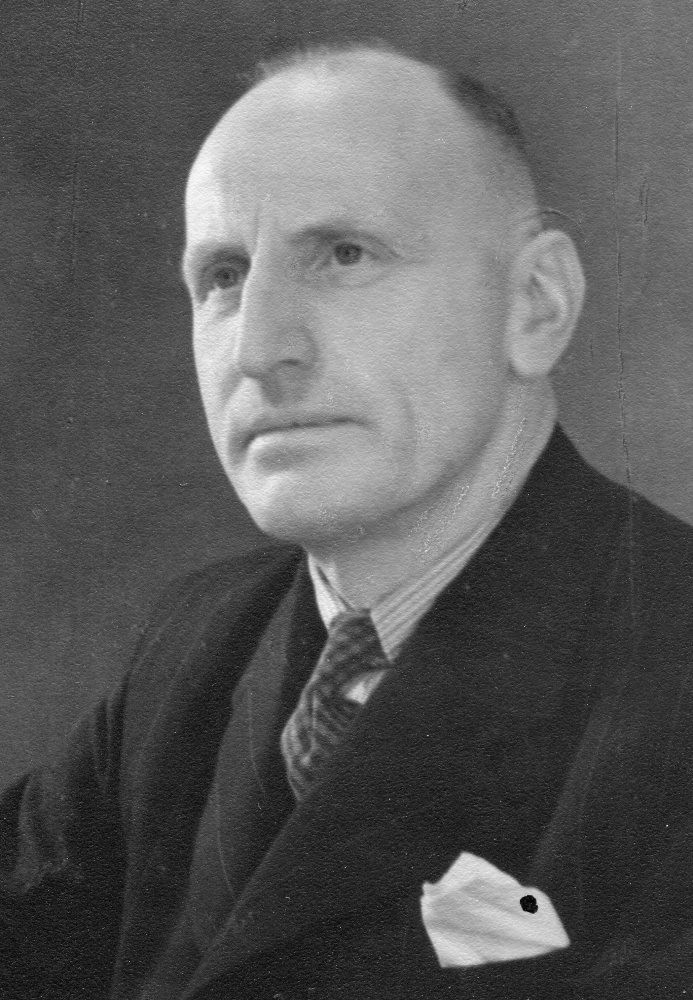The second door, however, concealed an attic room measuring 2.5 by 2.5 metres, which was not clearly visible from the outside.
Within this attic room, a hidden space had been constructed. People in hiding could stay in the attic room and, in case of danger, retreat into the secret space. Although the room technically belonged to the neighbour, Dr Auping was able to access and use it thanks to a special shared roof structure. A section of the sloping roof had to be pushed back to enter the space. From the inside, the panel could be locked with a sliding bolt so it could not be opened. The secret room could accommodate up to three people. In case of extreme danger, they could escape through a special hatch at the back of the neighbour’s roof.
Among those who went into hiding there was Mayor Harrie de Leeuw, who stayed at Dr Jan Auping’s house for a short period starting on 11 November 1944. He later went into hiding in Keijenborg and Weerselo until the liberation. In addition to the mayor, Dr Auping also hid his brother Leo and his brother-in-law Herman Möller, the brother of his wife.
